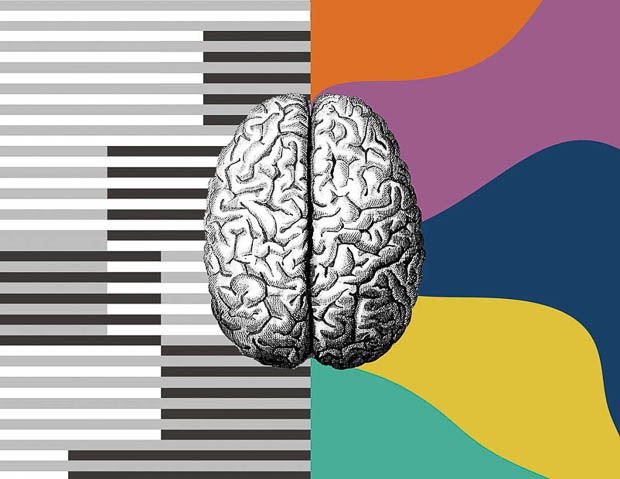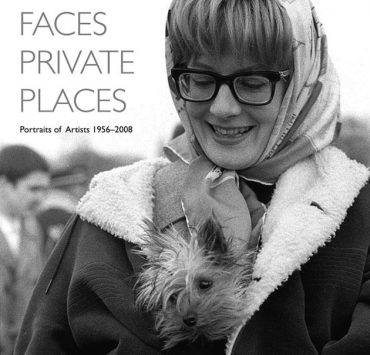“The best outline I ever made, or anyway the prettiest one, was on the back of a roll of wallpaper. I used my daughter’s crayons, a different color for each main character… the blue line met the red line and then the yellow line, and the yellow line stopped because the character represented by the yellow line was dead. And so on.”
Kurt Vonnegut’s revelation of his artistic process in Slaughterhouse-Five, nonchalantly detailed with an inferring of self-deprecation, sheds light on the intricacies of the creative mind. It baffles even the artists in us: how a book untangles a plot or a lm shapes a dystopian future. Logic aims to pin this non-concrete method down to an exact formula, but when visionaries are asked to reveal their secrets, their answers are as abstract as their works.
Creativity is individualistic, and even science hasn’t produced a solid theory on it. A study led by John Kounios and Mark Jung-Beeman discloses how people who solve problems creatively have a distinct brain pattern from those who think in a methodical fashion; there is greater activity in several regions of the right brain hemisphere that remains dynamic even during a “resting” state. The result is a passionate, observant daydreamer who asks heavy questions, seeks new experiences, has a different perspective on reality, takes risks, craves self-expression, and loses himself in his work.
Although it remains a paradox to some, several experts claim creativity can be taught just like any other skill. When Canadian electro-pop musician Claire Boucher a.k.a. Grimes subjected herself to complete isolation for her album Visions, it was an act of educating the brain. “You have no stimulation, so your subconscious starts filling in the blanks,” she explains in her interview with the Guardian. Louis R. Mobley formulated six insights, the foundation of the IBM Executive School, to teach professionals to think creatively: ask questions radically in a non-linear way, unlearn methods through experiences to give birth to “Aha!” moments, practice being creative rigorously rather than just learning or reading up to become it, hang around with creative people, know yourself, and allow yourself to make mistakes.
But why expose the mind to such drills when the “tortured artist” is typecast for a reason?
Psychologist and author Mihaly Csikszentmihalyi commends creativity as an element to a better well-being. He says that one thing creative people have in common is the love they have for what they do. Career, fame, or money doesn’t determine their level of happiness, hence practicing creativity rejuvenates and maintains their overall health and enhances their societal welfare.
The pursuit of creativity may not be as complex as it is presented. Distinctive in each person and made esoteric- sounding by science, only you can define it for yourself. As Steve Jobs puts it, “Creativity is just connecting things… [Creative people] were able to connect experiences they’ve had and synthesize new things.”
Writer: SAMANTHA RAMOS-ZARAGOSA
ILLUSTRATION DANICA CONDEZ




